Allied Works reveals design for the MNBAQ Competition
Apr 2, 2010
Allied Works Architecture in association with Fichten Soiferman et Associés Architectes was selected as one of five finalists in an international competition to design a new pavilion for the Musée national des beaux-arts du Québec (MNBAQ) in Québec City, Canada.
Our design for the new building creates a threshold for art. The building acts as a bridge – between city and museum, between architecture and landscape, between old and new. The building form is a rhythmic response to light and structure, a series of monumental shells that are at once transparent – synthesizing building, city, cloister and park – and monumental – evoking a sense of history while proclaiming its innovation.
The new pavilion is formed in concrete and the exterior is clad in rich, warm materials that unify the diverse histories of the surrounding buildings. The entire building opens to the north – bringing soft light into the galleries and providing views both in and out from the new pavilion. On the Grand Allée, the new façade opens the heart of the museum, a beacon to the city and the street. The ground floor is primarily transparent, providing a sense of the park extending through the building and into the courtyard, where a grove of Yellow birch provides shade and protection. The garden pavilion extends the landscape further, with the store and future café opening onto the courtyard with the entire building covered in planting.
The building is a braid that binds the diverse forces of site and program into one calm, beautiful and profound whole.
The new spaces are large enough to be flexible and accommodating, yet intimate enough to create personal experience with the art. The natural light is gentle and luminous, providing a sense of connection to nature and life. There are also moments of repose along the journey, places to sit and gaze out into the canopy and courtyard.
The competition included four other renowned firms, including Barkow Leibinger (Germany), Office for Metropolitan Architecture (Netherlands), Neito Sobejano (Spain) and David Chipperfield (United Kingdom).

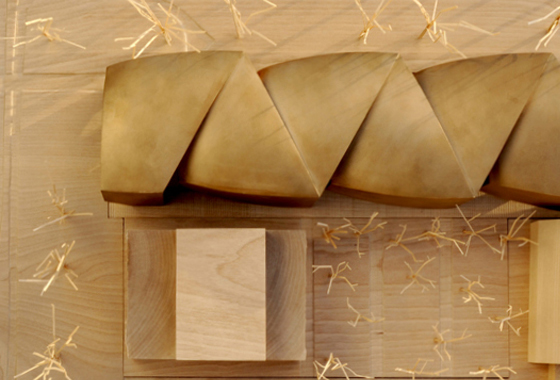
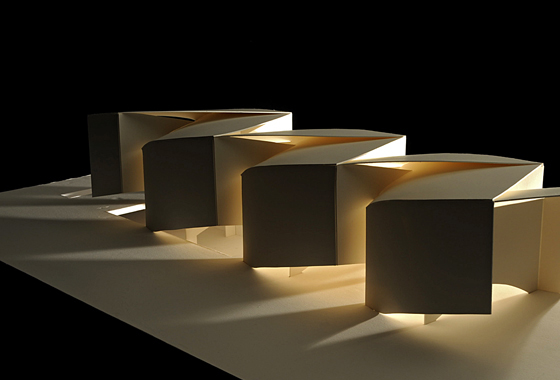

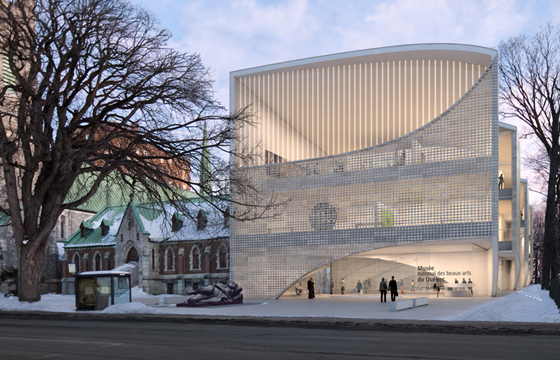


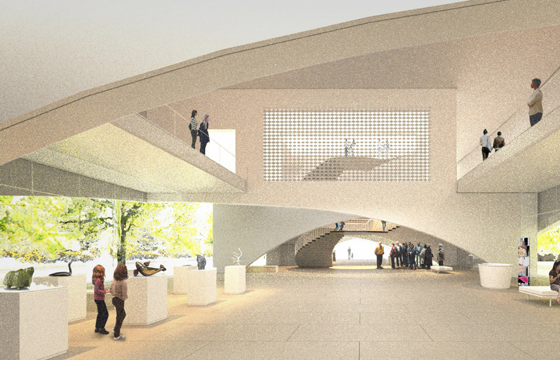

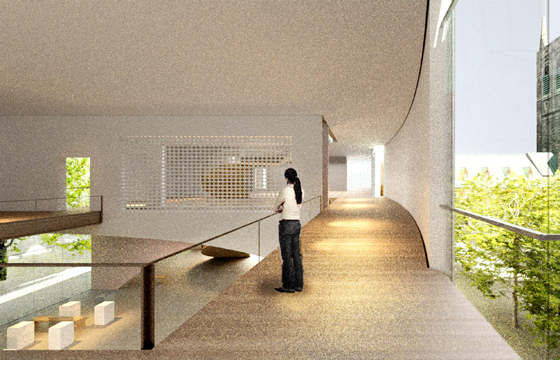
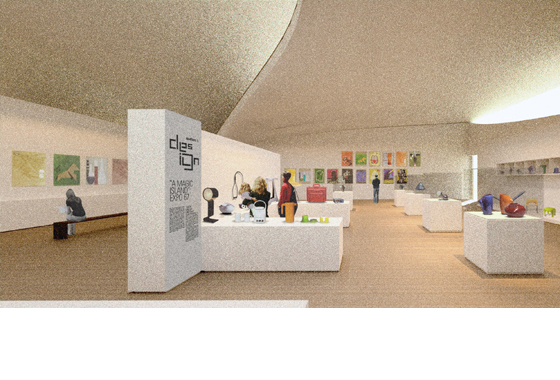
Allied Works Architecture in association with Fichten Soiferman et Associés Architectes was selected as one of five finalists in an international competition to design a new pavilion for the Musée national des beaux-arts du Québec (MNBAQ) in Québec City, Canada.
Our design for the new building creates a threshold for art. The building acts as a bridge – between city and museum, between architecture and landscape, between old and new. The building form is a rhythmic response to light and structure, a series of monumental shells that are at once transparent – synthesizing building, city, cloister and park – and monumental – evoking a sense of history while proclaiming its innovation.
The new pavilion is formed in concrete and the exterior is clad in rich, warm materials that unify the diverse histories of the surrounding buildings. The entire building opens to the north – bringing soft light into the galleries and providing views both in and out from the new pavilion. On the Grand Allée, the new façade opens the heart of the museum, a beacon to the city and the street. The ground floor is primarily transparent, providing a sense of the park extending through the building and into the courtyard, where a grove of Yellow birch provides shade and protection. The garden pavilion extends the landscape further, with the store and future café opening onto the courtyard with the entire building covered in planting.
The building is a braid that binds the diverse forces of site and program into one calm, beautiful and profound whole.
The new spaces are large enough to be flexible and accommodating, yet intimate enough to create personal experience with the art. The natural light is gentle and luminous, providing a sense of connection to nature and life. There are also moments of repose along the journey, places to sit and gaze out into the canopy and courtyard.
The competition included four other renowned firms, including Barkow Leibinger (Germany), Office for Metropolitan Architecture (Netherlands), Neito Sobejano (Spain) and David Chipperfield (United Kingdom).